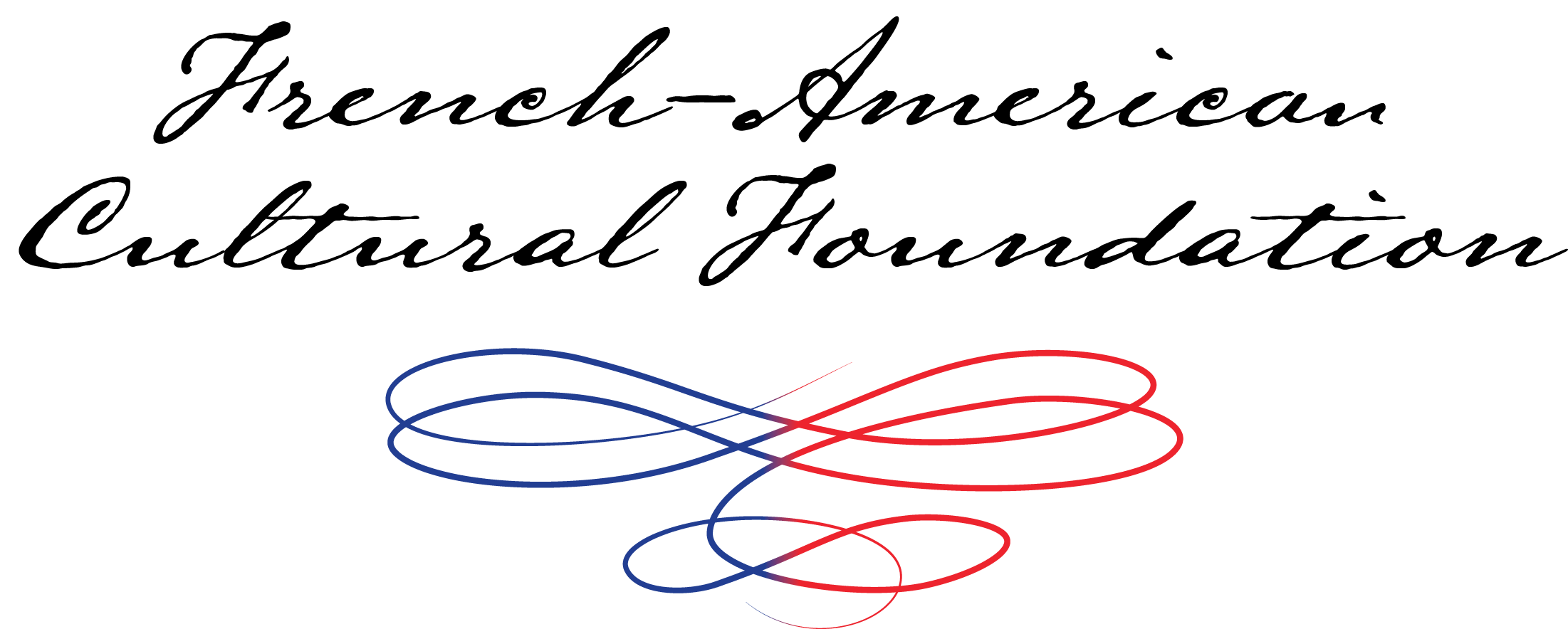In today’s world where technological advancements are rapidly and significantly changing society on a continual basis, it’s hard to imagine a time when rail travel and mass book production were drivers of cultural globalization. In his latest book, The Europeans: Three Lives and the Making of a Cosmopolitan Culture, author Orlando Figes explores how European society was evolving and coming together in the 19th century through the expanded distribution of art, music and literary works.
From the book cover: “Drawing from a wealth of documents, letters, and other archival materials, acclaimed historian Orlando Figes examines the interplay of money and art that made this unification possible. At the center of the book is a poignant love triangle: the Russian writer Ivan Turgenev; the Spanish prima donna Pauline Viardot, with whom Turgenev had a long and intimate relationship; and her husband Louis Viardot, an art critic, theater manager, and republican activist. Together, Turgenev and the Viardots acted as a kind of European cultural exchange―they either knew or crossed paths with Delacroix, Berlioz, Chopin, Brahms, Liszt, the Schumanns, Hugo, Flaubert, Dickens, and Dostoyevsky, among many other towering figures.”
In a book review for The New York Times, Caroline Weber writes, “Figes is impressively thorough when it comes to cataloging the railway era’s many notable achievements. For the most part centered in cosmopolitan Paris, these advances include the emergence of portrait photography; plein-air painting; Impressionism; Orientalism; the world’s fair; the one-man art exhibition; the realist novel; the penny dreadful, short story and serialized roman feuilleton (three forms particularly well suited to consumption on train trips); the railway station bookstore; the grand opera (“a revolution on the stage”); and the Gesamtkunstwerk (a countervailing “revolution on the operatic stage,” begun by Richard Wagner to free German music and drama from the “monstrosities” of French civilization in general and the grand opera in particular).”
Read more:
The New York Times Book Review: How Modernity Came to Europe
Amazon.com: The Europeans: Three Lives and the Making of a Cosmopolitan Culture
MacMillan Publishers: Book Profile
